Home>Garden Essentials>Where Do Kale Seeds Come From
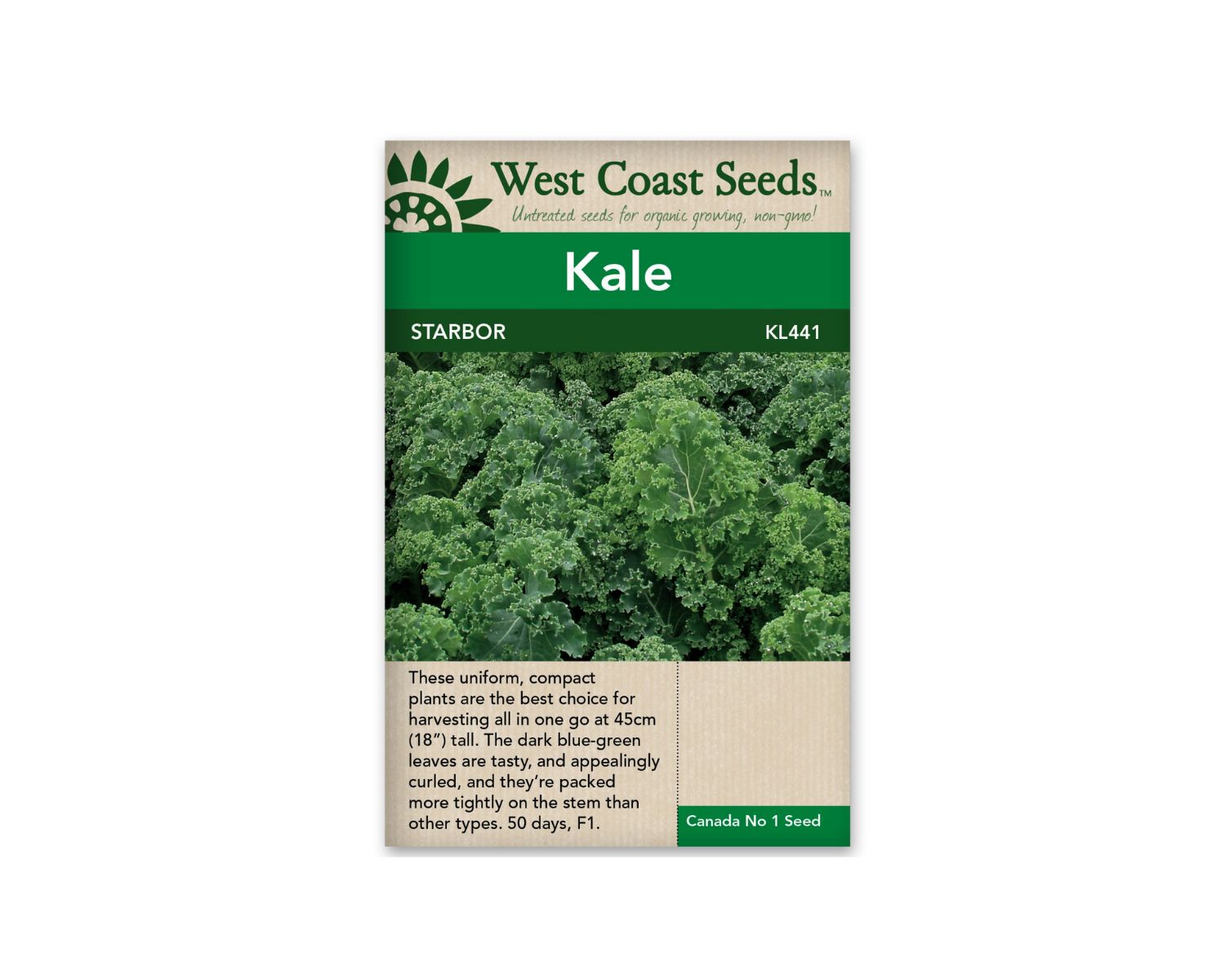

Garden Essentials
Where Do Kale Seeds Come From
Modified: August 25, 2024
Discover the origin of kale seeds in your garden with our helpful guide. Learn where to find, plant, and harvest kale seeds for a bountiful garden.
(Many of the links in this article redirect to a specific reviewed product. Your purchase of these products through affiliate links helps to generate commission for Storables.com, at no extra cost. Learn more)
Introduction
Kale has become increasingly popular in recent years, hailed as a nutritional powerhouse and staple in healthy diets. But have you ever wondered where kale seeds come from? Understanding the origins of these seeds can provide valuable insight into the cultivation and growth of this versatile vegetable. In this article, we will explore the journey of kale seeds, from their origins to how they can be cultivated and saved for future use.
Before delving into the world of kale seeds, let’s first understand what exactly kale is and why it has gained such popularity.
Key Takeaways:
- Kale seeds come from the flowers of kale plants, and cultivating them involves selecting the right variety, preparing the soil, and allowing for flowering and seed formation. Saving and storing the seeds ensures a continuous supply of nutritious kale.
- Purchasing kale seeds from reputable suppliers offers a convenient option for exploring different varieties and flavors. Whether saving or purchasing, the joy of growing and enjoying this nutrient-rich vegetable remains the same.
Read more: Where Do Rose Seeds Come From
What is Kale?
Kale, scientifically known as Brassica oleracea, is a leafy green vegetable that belongs to the cruciferous family. It is known for its dark, vibrant leaves and its nutritional profile. Kale is rich in vitamins A, C, and K, as well as minerals like calcium, magnesium, and potassium. It is also packed with antioxidants and fiber, making it a highly nutritious addition to any diet.
Kale comes in various forms, including curly kale, dinosaur kale (also known as Lacinato or Tuscan kale), and red Russian kale. Each variety has its own unique texture and flavor profile, but all share the common characteristic of being incredibly beneficial for our health.
What sets kale apart from other leafy greens is its ability to thrive in cooler temperatures. This makes it an excellent choice for cultivation in both spring and fall seasons, where other vegetables may struggle. Additionally, kale is known for its hardy nature, withstanding frost and even improving in flavor after exposure to chilly temperatures.
Not only is kale a versatile vegetable in the kitchen, but it also offers a number of potential health benefits. Regular consumption of kale has been linked to reduced risk of chronic diseases, improved digestion, weight management, and support for healthy vision. With its low calorie and high nutrient content, kale has become a go-to choice for health-conscious individuals and those looking to incorporate more plant-based foods into their diet.
Now that we have a better understanding of kale itself, let’s explore the growing popularity of this incredible vegetable.
The Growing Popularity of Kale
In recent years, kale has experienced a surge in popularity, becoming one of the trendiest vegetables in the culinary world. The rise of kale can be attributed to several factors:
- Nutritional Powerhouse: Kale’s impressive nutritional profile is one of the primary reasons for its popularity. As more people have become health-conscious and aware of the importance of nutrient-dense foods, kale has emerged as a top choice due to its abundance of vitamins, minerals, antioxidants, and fiber.
- Culinary Versatility: Kale’s versatility in cooking has also contributed to its popularity. It can be consumed raw in salads, blended into smoothies, sautéed, steamed, or even roasted. Many chefs and home cooks have embraced kale as a versatile ingredient that adds both flavor and nutrition to a wide range of dishes.
- Plant-Based Movement: With the increasing popularity of plant-based diets and the growing awareness of the environmental impact of meat consumption, kale has become a favorite among vegetarians and vegans. It serves as an excellent source of essential vitamins and minerals that are typically found in animal products.
- Farm-to-Table Movement: As the farm-to-table movement gains momentum, people are seeking out fresh, locally grown produce. Kale, being a cold-hardy vegetable that can be grown in various climates, is readily available in farmers’ markets and community-supported agriculture (CSA) programs.
- Creative Marketing: The marketing efforts surrounding kale have played a significant role in its surge in popularity. Kale chips, kale smoothies, and kale salads have become staple items on menus, health blogs, and social media platforms.
- Positive Publicity: Celebrities, health influencers, and nutrition experts have all touted the health benefits of kale, further propelling its popularity. Media coverage and positive word-of-mouth endorsements have helped to establish kale as a superfood and a must-have ingredient for a healthy lifestyle.
Overall, the growing popularity of kale can be attributed to its incredible nutritional value, culinary versatility, and alignment with current dietary and environmental trends. This newfound appreciation for kale has sparked interest in understanding its seeds, which are pivotal in cultivating this leafy green.
Understanding Kale Seeds
To truly understand where kale seeds come from, it’s important to delve into the plant’s life cycle. Kale is a biennial plant, which means it has a two-year life cycle. In the first year, it focuses on vegetative growth, producing the lush leaves that are commonly consumed. In the second year, kale shifts its energy toward reproduction, producing flowers and seeds.
Kale seeds, also known as seed pods or seed heads, are formed from the flowers that develop on the plant during its second year. These flowers are typically small and yellow, and they cluster tightly together to form the seed pods. As the flowers mature, they produce pollen that is crucial for pollination. Kale is a self-pollinating plant, meaning it has the ability to pollinate itself without relying on external factors like insects or wind.
Once the flowers are pollinated, they begin to wither and dry out, and the seed pods start to develop. The pod gradually changes color, transitioning from green to brown or black, indicating that the seeds inside are maturing. When the seed pods are fully dried and the seeds are mature, they can be harvested for future use.
Kale seeds have a unique shape and size compared to other vegetable seeds. They are small, flat, and oval in shape, with a dark brown to black color. Each seed is encased in a thin outer shell, protecting it and enabling it to survive until conditions are favorable for germination.
It’s worth noting that not all kale plants will produce seeds. Some kale varieties, particularly those bred for their leaves rather than seed production, may not flower or produce viable seeds. This is why it’s essential to choose kale varieties specifically labeled as suitable for seed saving if you intend to cultivate your own seeds.
Now that we have a better understanding of kale seeds and how they are formed, let’s explore the process of cultivating kale seeds.
Kale seeds come from the flowers of the kale plant. When the flowers are pollinated, they produce seeds that can be harvested for planting in your garden.
Cultivating Kale Seeds
Cultivating kale seeds allows you to have a continuous supply of this nutritious vegetable in your garden. Here are the key steps to successfully grow kale seeds:
- Selecting the Right Variety: Start by choosing a kale variety that is suitable for seed production. Look for varieties that are known to be prolific seed producers. Some popular varieties include ‘Dwarf Blue Curled’, ‘Red Russian’, and ‘Lacinato’ kale.
- Preparing the Soil: Kale seeds require well-drained soil with a pH between 6.0 and 7.5. Prepare the soil by removing any weeds, loosening it with a garden fork, and incorporating compost or well-rotted organic matter to improve fertility and drainage.
- Sowing the Seeds: Plant kale seeds directly in the garden when the soil temperature reaches around 50°F (10°C) in early spring or late summer. Space the seeds 12-18 inches apart, sowing them about half an inch deep. Cover the seeds lightly with soil and water gently.
- Caring for Kale Plants: Ensure that your kale plants receive adequate sunlight, ideally 6-8 hours per day. Water the plants regularly, keeping the soil consistently moist but not waterlogged. Mulching around the plants can help retain moisture and control weed growth.
- Protecting from Pests and Diseases: Monitor your kale plants for common pests such as aphids, flea beetles, and cabbage worms. Use organic pest control methods or companion planting techniques to deter pests naturally. Additionally, be vigilant for signs of disease, such as powdery mildew or downy mildew, and promptly address any issues.
- Allowing for Flowering and Seed Formation: In the second year of growth, your kale plants will start to produce flowers. Let the flowers mature and dry out naturally on the plant. As the seed pods change color and become fully dried, they can be harvested for seed saving.
- Harvesting and Storing Seeds: To harvest kale seeds, gently remove the dried seed pods from the plant and place them in a paper bag or a dry, well-ventilated container. Keep the container in a cool, dry place for a few weeks to allow the remaining moisture to evaporate. Once the seeds are completely dry, store them in airtight containers in a cool, dark location. Properly stored kale seeds can remain viable for up to five years.
Remember, it’s important to isolate different kale varieties from cross-pollinating to maintain seed purity. To achieve this, you can either plant only one variety of kale or separate different varieties by a distance of at least 1 mile or by using physical barriers like netting or row covers.
By following these steps and paying attention to the specific needs of your kale plants, you can successfully cultivate your own kale seeds and ensure a continuous supply of this nutritious vegetable for years to come.
Read more: Where Do Seed Potatoes Come From
Saving Kale Seeds
Saving kale seeds is a rewarding process that allows you to preserve the characteristics of your favorite kale varieties and continue growing them in your garden. Here are some important steps to consider when saving kale seeds:
- Selecting Mature Plants: Choose the healthiest and strongest kale plants for seed saving. Look for plants that have shown desirable traits such as robust growth, resistance to pests or diseases, and good flavor.
- Extending the Growing Season: Since kale is a biennial plant, it requires two growing seasons to produce viable seeds. To extend the growing season, leave the selected kale plants in the ground during the winter months. Protect them from harsh weather conditions with row covers or cloches.
- Allowing for Flowering: In the second year of growth, your kale plants will begin to produce flowers. Allow the flowers to bloom fully, as this signals that the plants are ready for seed production. Encourage pollination by leaving the flowers undisturbed, attracting pollinators with nearby flowers, or gently shaking the plants to distribute the pollen.
- Monitoring Seed Development: As the flowers fade away, seed pods will start to form. Keep a close eye on the seed pods as they mature, checking them regularly for color change. The pods will transition from green to brown or black. This is the time to harvest the seeds before they disperse naturally.
- Harvesting the Seeds: When the kale seed pods have turned a dark brown or black and are dry to the touch, they are ready for harvest. Carefully remove the seed pods from the plant and place them in a paper bag or a dry, well-ventilated container. Label the container with the variety and harvest date for future reference.
- Thoroughly Drying the Seeds: Properly drying the kale seeds is crucial to prevent mold and ensure their long-term viability. Place the seed pods in a cool, dry location with good airflow. Allow them to air-dry for several weeks until the seeds are completely dry and brittle. To test if the seeds are ready, you can try pressing one between your fingers. If it cracks and shatters, the seeds are dry enough for storage.
- Storing the Seeds: Store the dry kale seeds in airtight containers such as glass jars or seed envelopes. It’s important to keep them in a cool, dark, and dry place to maintain their viability. You can add a moisture-absorbent packet to the container to further safeguard the seeds against moisture. Be sure to label the containers with the variety and date of harvest.
By following these steps, you can successfully save kale seeds from year to year, allowing you to continue growing your favorite varieties and maintaining their unique characteristics in your garden.
Purchasing Kale Seeds
If you’re not interested in saving kale seeds or want to explore new varieties, purchasing kale seeds is a convenient option. Here are some key considerations when buying kale seeds:
- Choosing a Reputable Supplier: Look for reputable seed suppliers or nurseries that specialize in organic and non-GMO seeds. Read reviews, check their certifications, and opt for suppliers who have a good track record of providing high-quality seeds.
- Seed Variety Selection: Kale comes in a wide range of varieties, each with its own unique flavor, texture, and growing characteristics. Consider your specific needs and preferences, such as whether you prefer curly kale, dinosaur kale, or red Russian kale. Select varieties that are suitable for your climate and growing season.
- Organic and Non-GMO Seeds: When searching for kale seeds, opt for organic and non-GMO varieties whenever possible. This ensures that the seeds have not been treated with synthetic chemicals or genetically modified.
- Packaging and Seed Information: Pay attention to the seed packaging and information provided by the supplier. Look for clear labeling that includes the variety name, seed count, and any specific instructions or tips for growing the kale seeds.
- Consider Heirloom Varieties: Heirloom kale varieties are open-pollinated and have been cultivated for generations, often prized for their unique flavors and traits. Consider exploring heirloom kale varieties to add diversity and history to your garden.
- Quantity and Price: Consider the quantity of seeds provided in each packet and whether it aligns with your gardening needs. Compare prices across different suppliers, keeping in mind that high-quality seeds may be slightly more expensive but offer better germination rates and performance.
- Shipping and Delivery: If purchasing seeds online, check the supplier’s shipping policies and estimated delivery times. Ensure that the seeds will be well-packaged and protected during transit to maintain their viability.
Purchasing kale seeds allows you to explore different varieties and experiment with new flavors and textures in your garden. It’s also a convenient option for those who may not have the time or resources to save their own seeds.
Whether you choose to save your own kale seeds or purchase them from a supplier, the joy of growing and enjoying this nutritious vegetable remains the same. With a little care and attention, you can cultivate healthy kale plants with delicious leaves and continue to reap the benefits of this leafy green in your meals.
Conclusion
Understanding where kale seeds come from and how to cultivate them opens up a world of possibilities for enjoying this nutrient-rich vegetable in your own garden. Whether you choose to save seeds from your existing kale plants or purchase them from a reputable supplier, the journey of kale seeds is fascinating and rewarding.
Kale itself is a versatile and highly nutritious leafy green that has gained immense popularity in recent years. Its abundance of vitamins, minerals, antioxidants, and fiber have made it a staple in healthy diets and a go-to ingredient for health-conscious individuals.
By understanding the life cycle of kale plants, from the lush leaves in the first year to the flowering and seed production in the second year, you can successfully cultivate your own kale seeds. The process involves carefully selecting suitable varieties, ensuring proper soil preparation, allowing for flowering and seed formation, and harvesting and storing the seeds properly for future use.
For those who prefer a more convenient option, purchasing kale seeds from reputable suppliers provides a wide selection of varieties to choose from, including heirloom and organic options. Consider factors such as quality, variety selection, packaging information, and pricing when making your seed purchase.
Whether you choose to save kale seeds or purchase them, the joy and satisfaction of growing your own kale and enjoying its abundant health benefits remain the same. Incorporating this nutritious vegetable into your diet not only supports your well-being but also contributes to a sustainable and eco-friendly lifestyle.
So, whether you embark on the exciting seed-saving journey or start your kale garden with purchased seeds, may your kale plants thrive, and your harvests be bountiful. Enjoy the journey of growing and savoring this vibrant and nutrient-packed leafy green!
Frequently Asked Questions about Where Do Kale Seeds Come From
Was this page helpful?
At Storables.com, we guarantee accurate and reliable information. Our content, validated by Expert Board Contributors, is crafted following stringent Editorial Policies. We're committed to providing you with well-researched, expert-backed insights for all your informational needs.
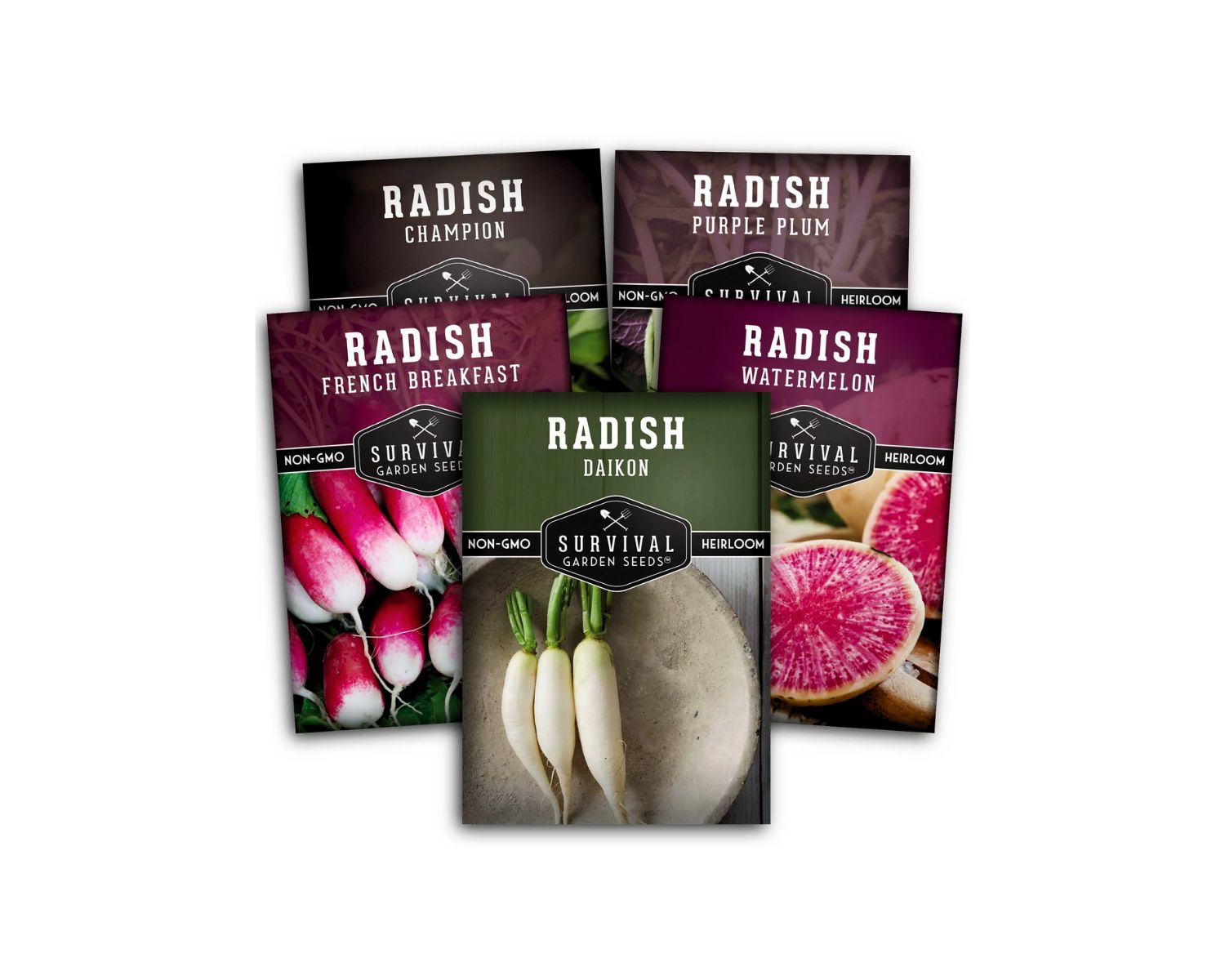
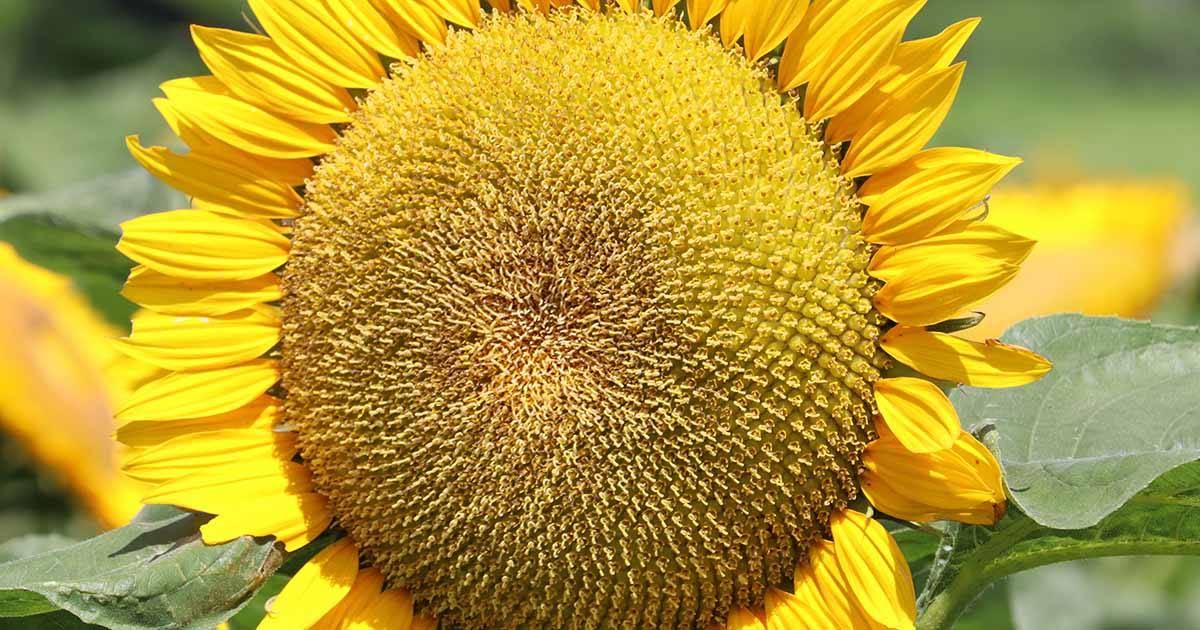
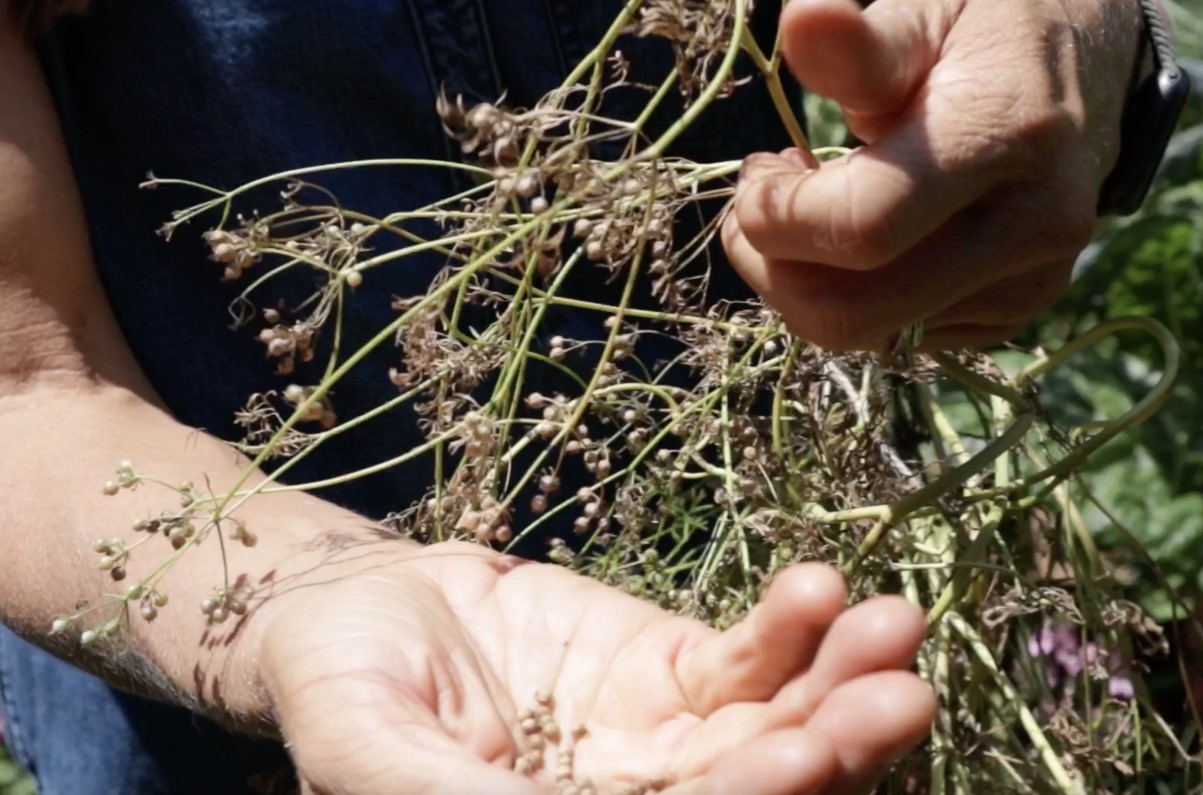
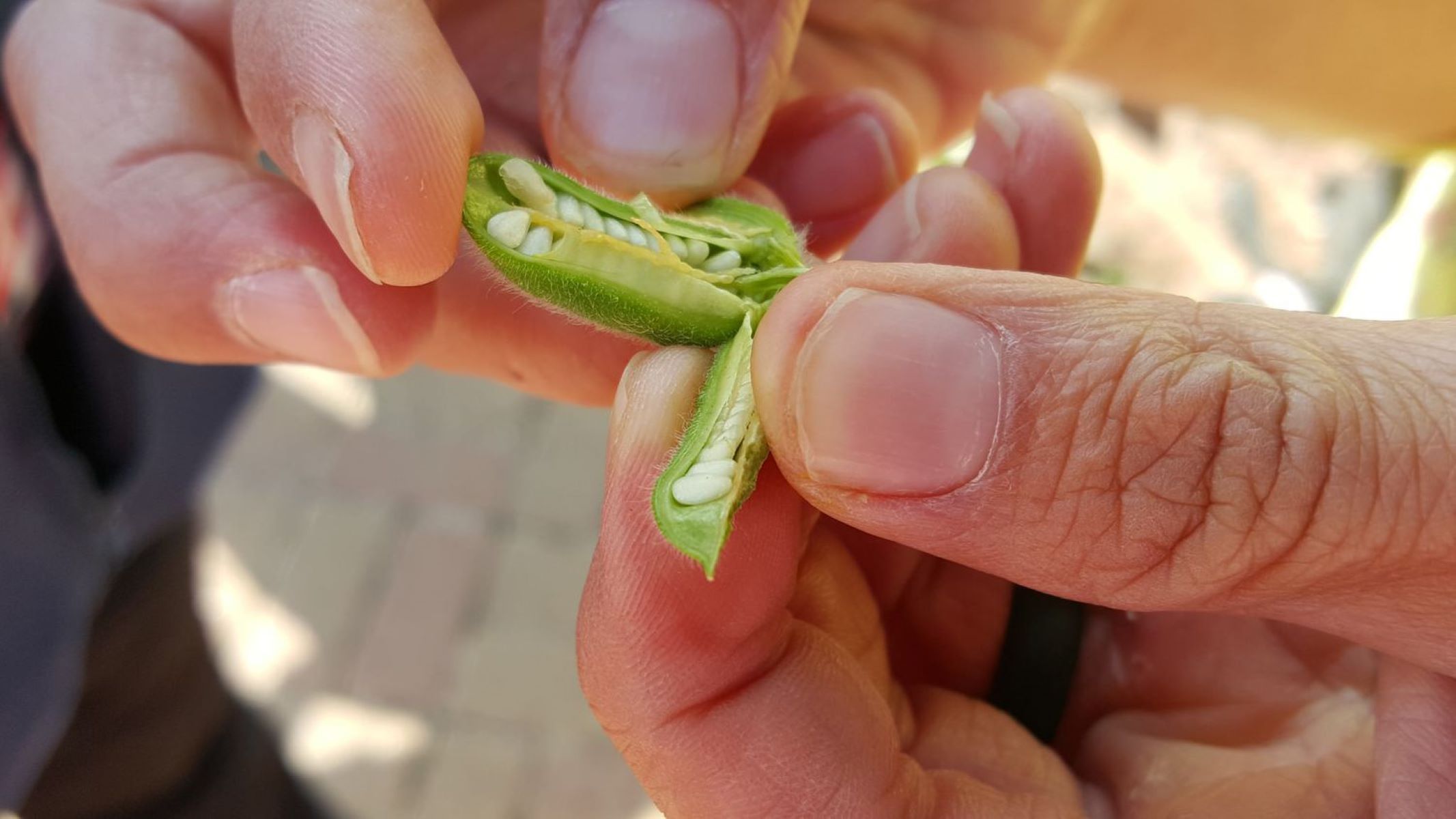
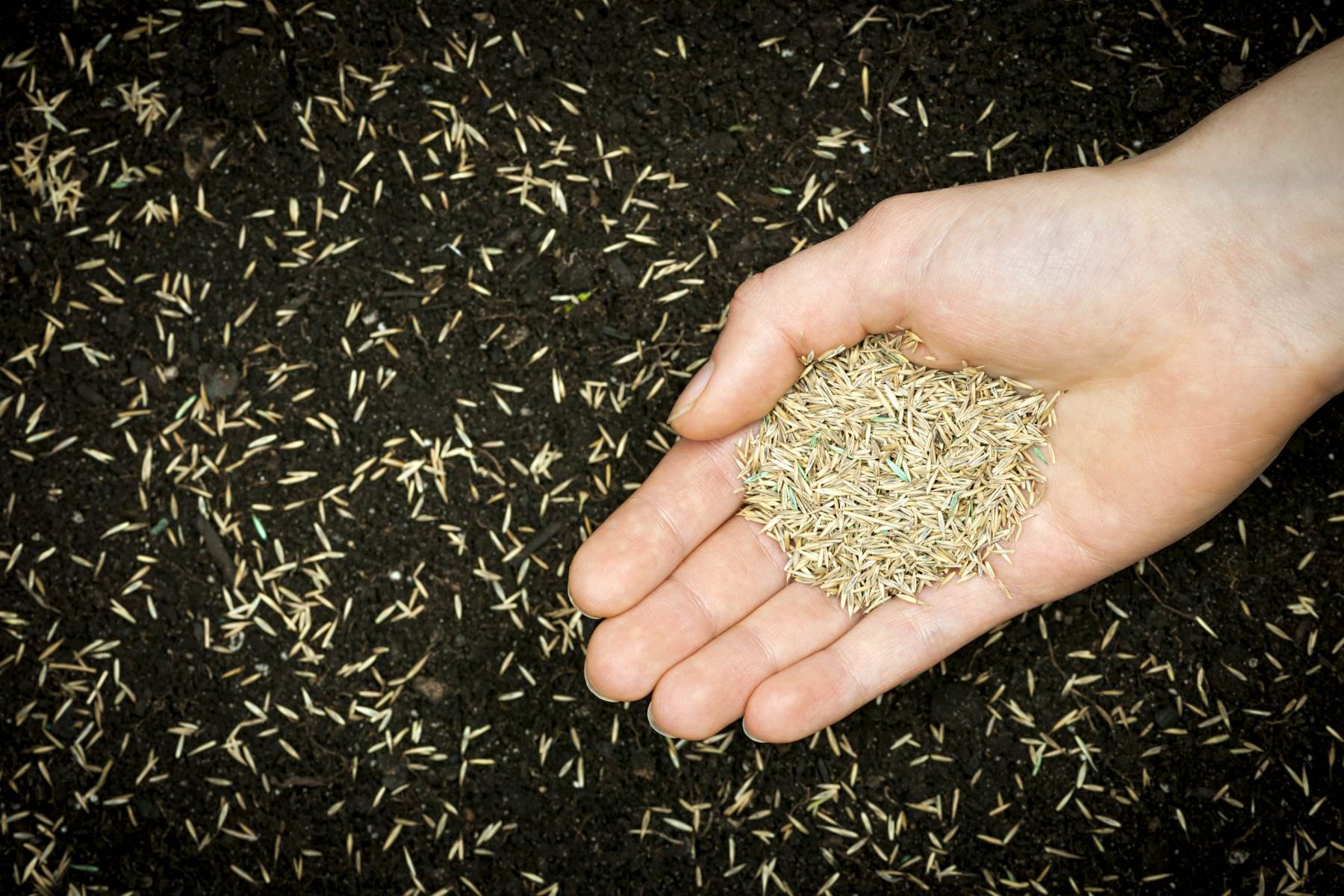
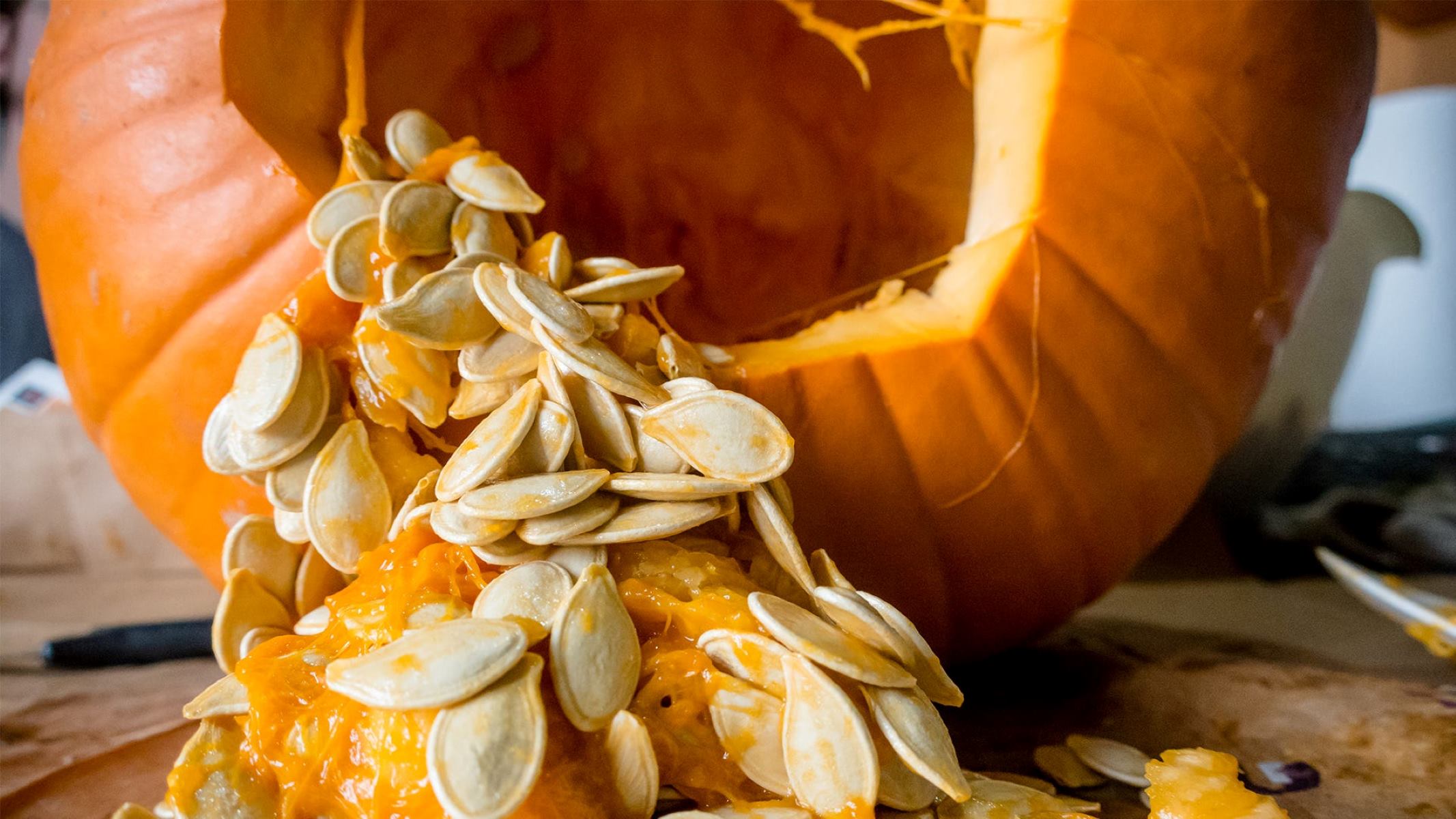
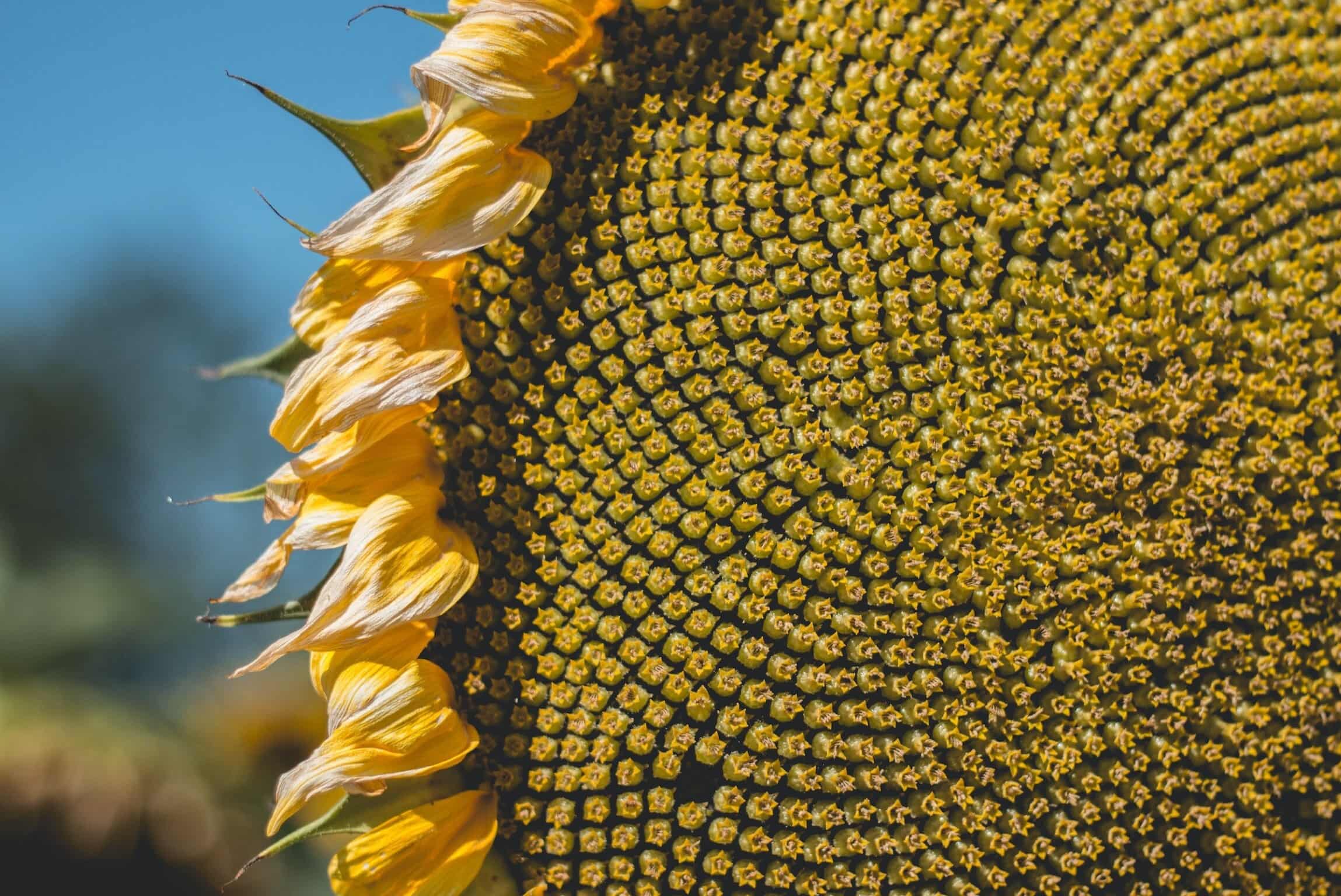
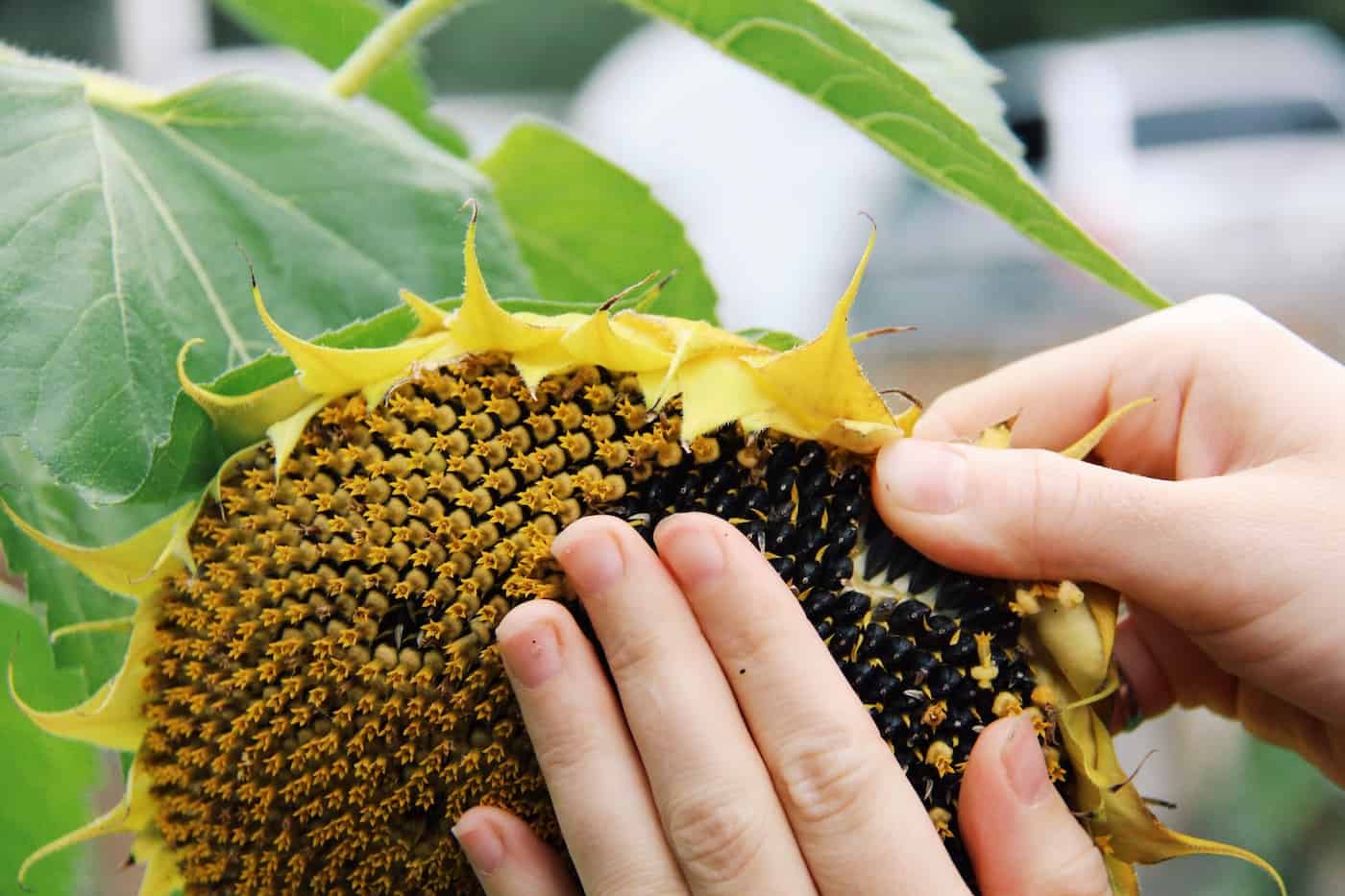
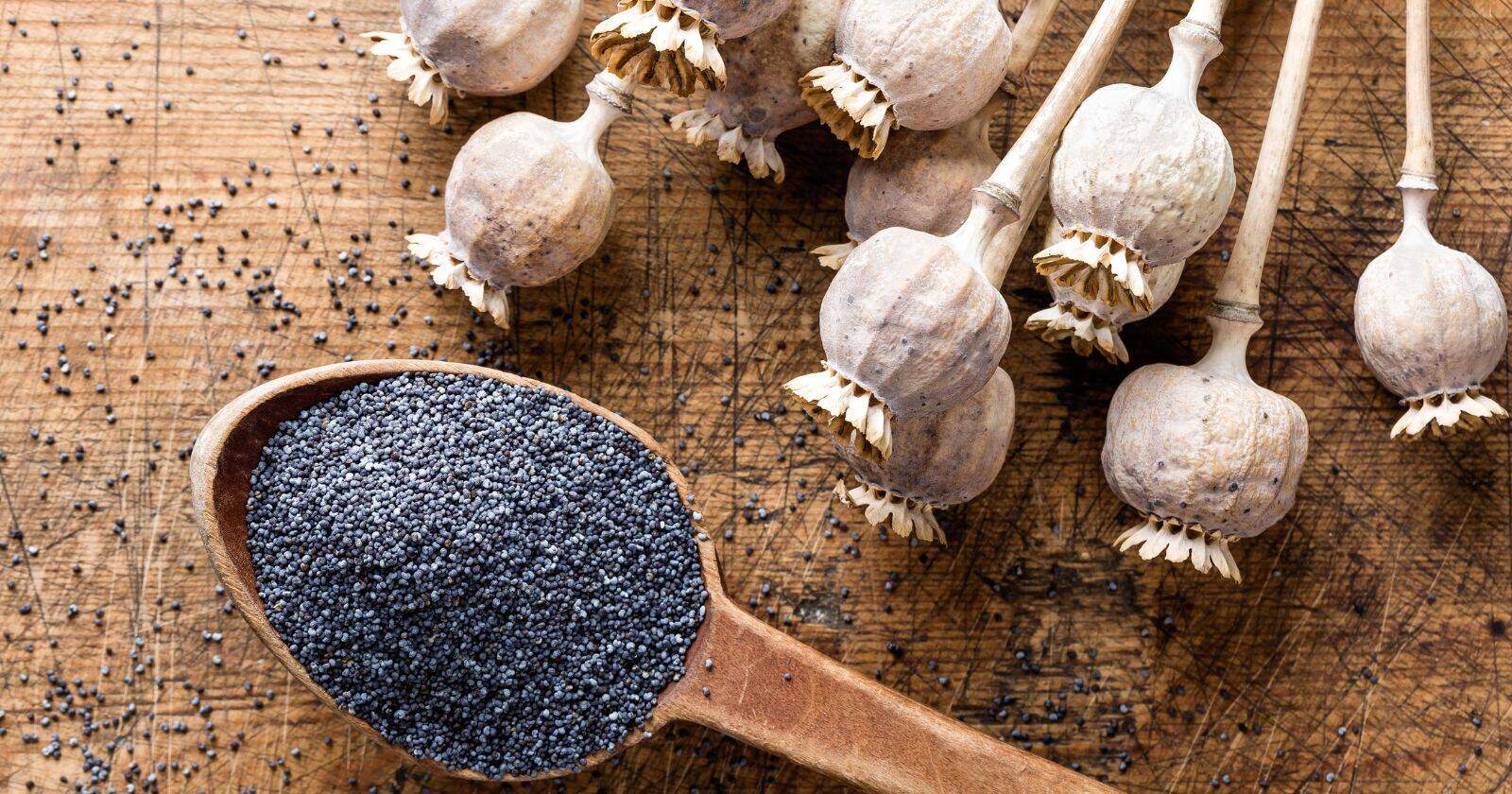
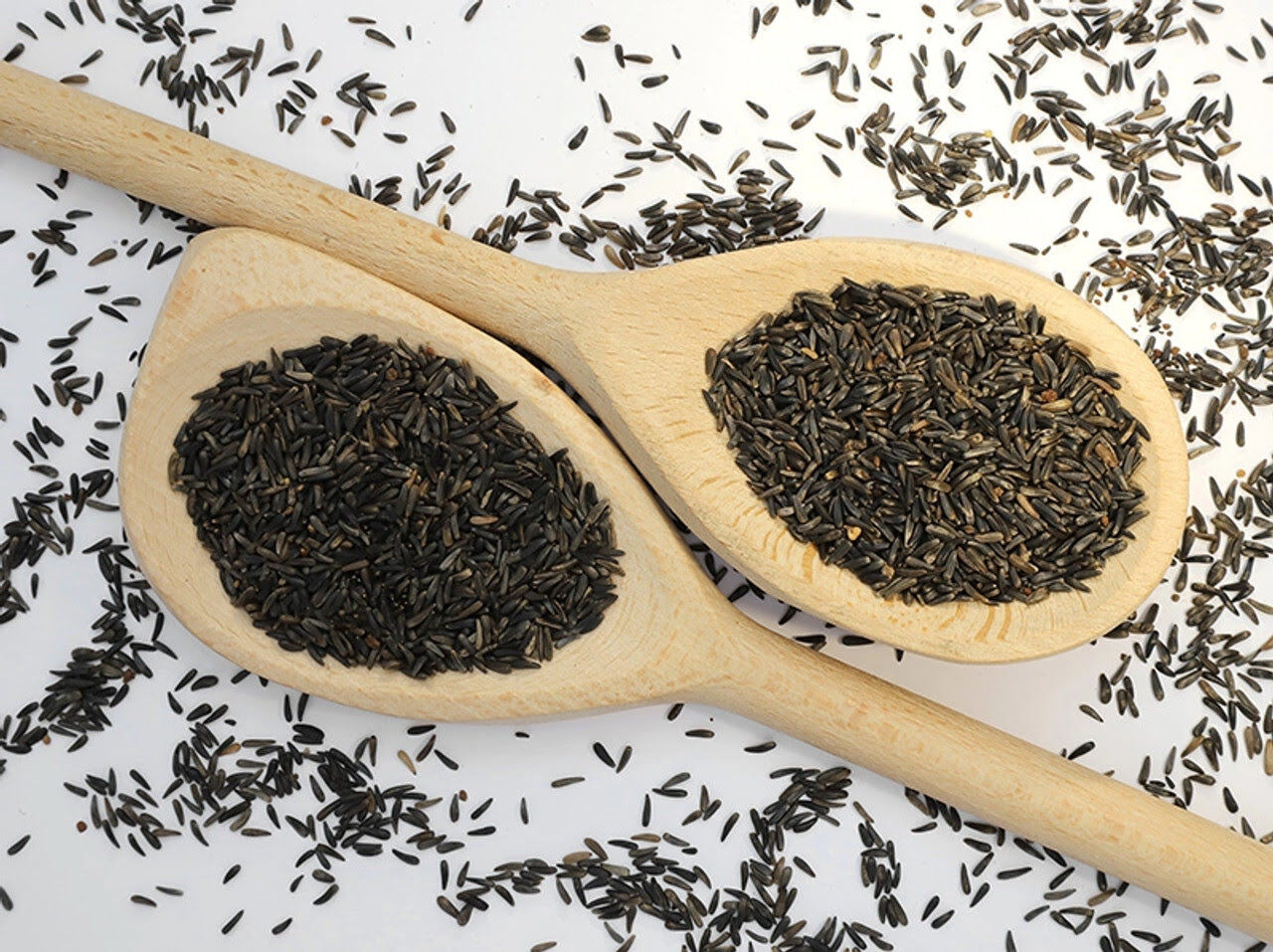
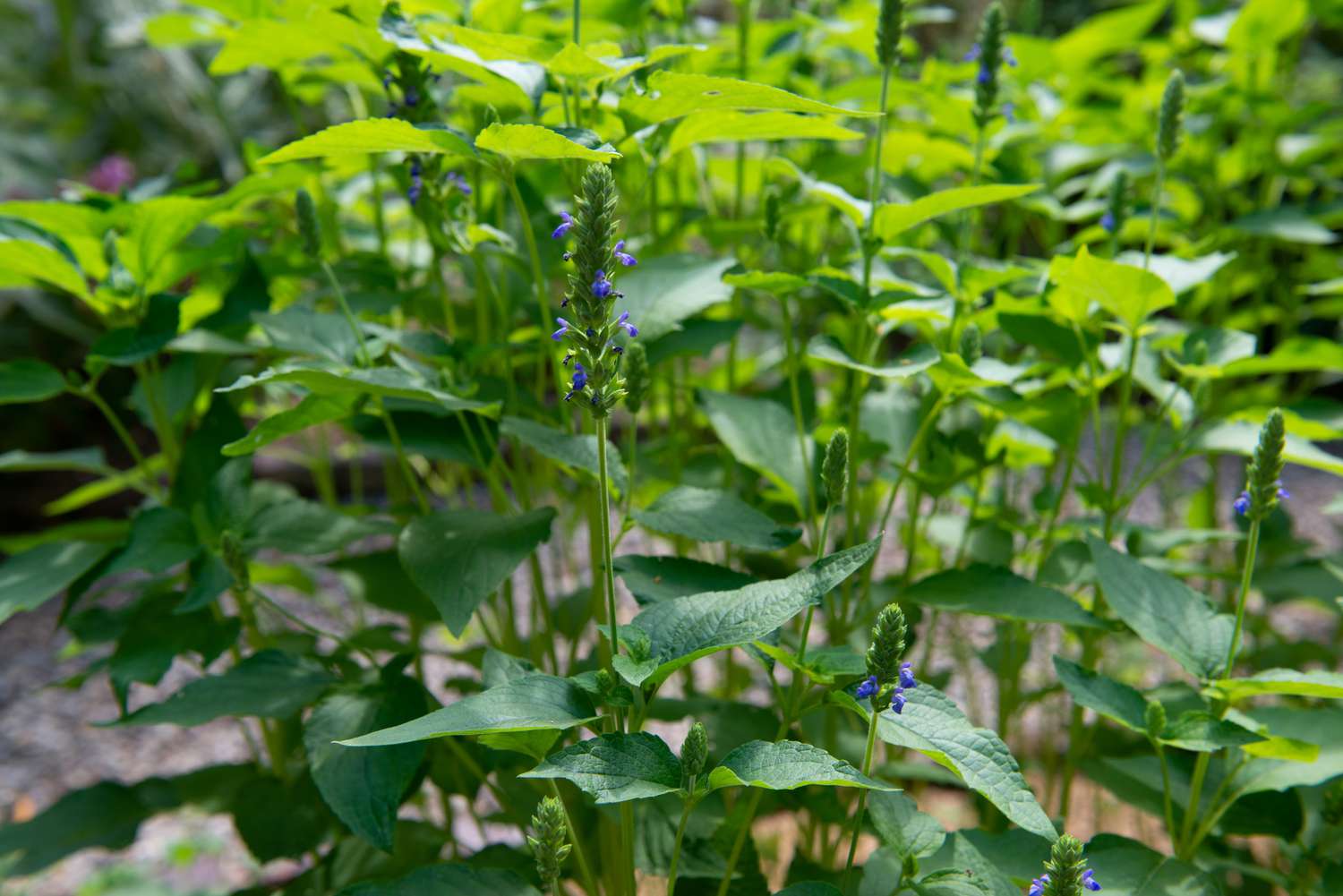
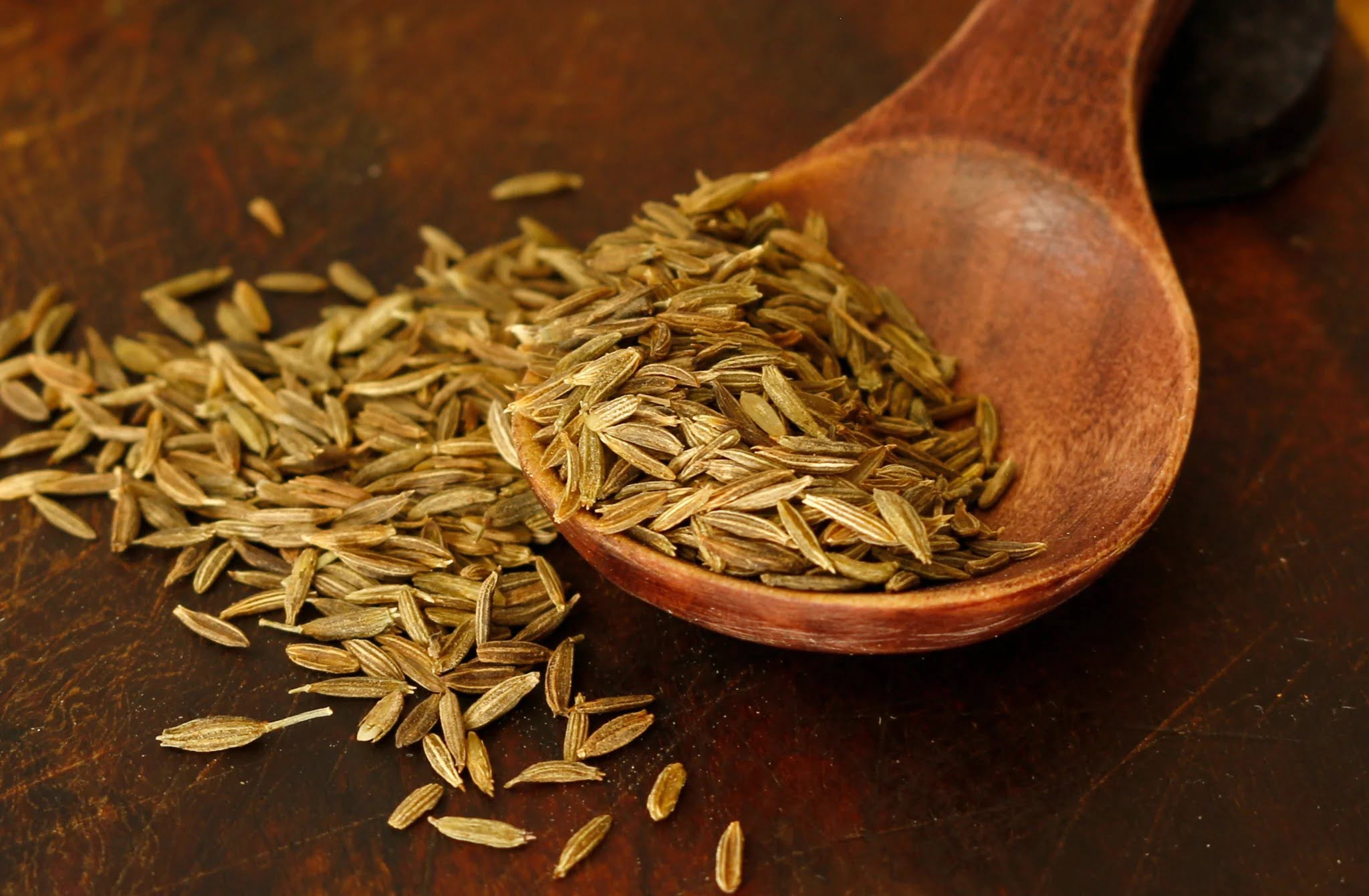
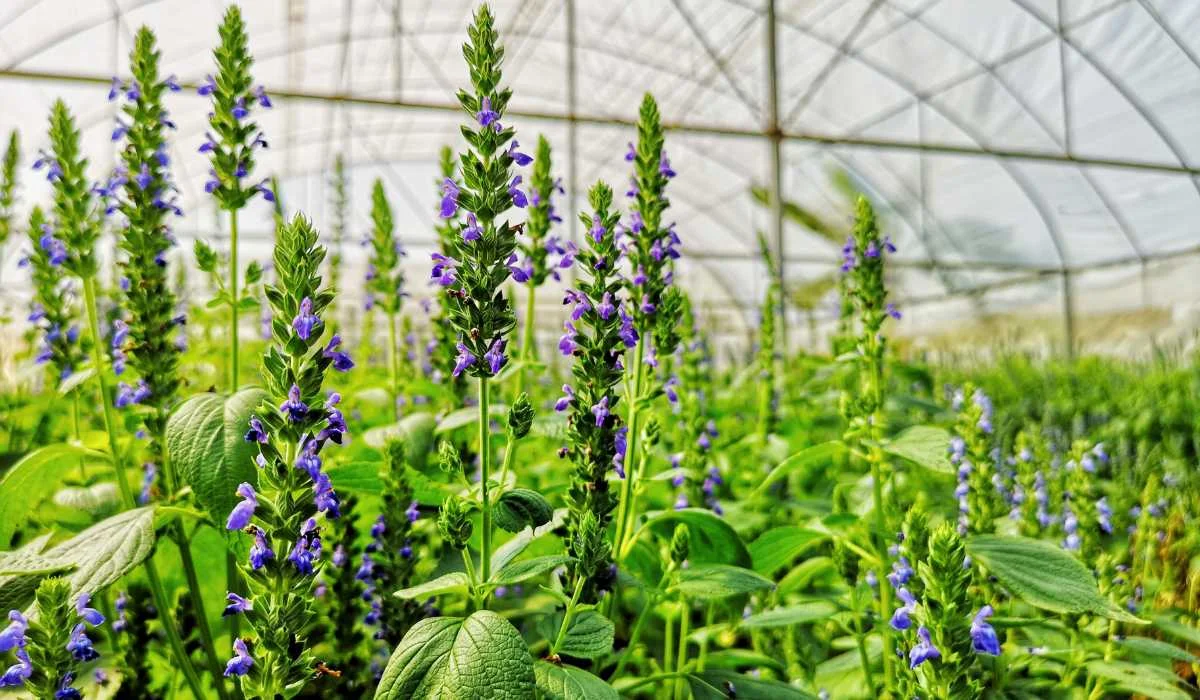
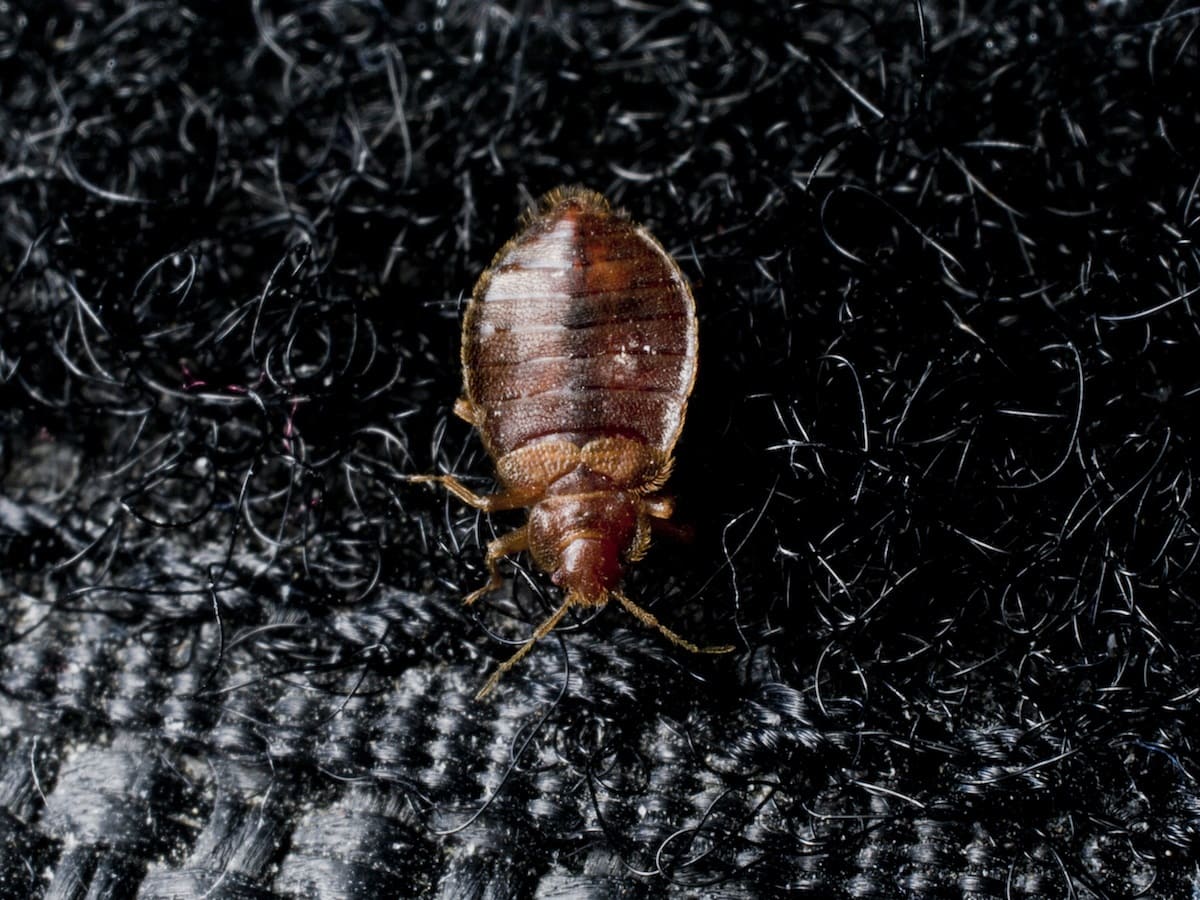

0 thoughts on “Where Do Kale Seeds Come From”